- Home
- /
- Box Materials
Discover Multiple Types of Box Materials
Different gift box materials come with unique textures, qualities, and finishes. Choosing the right material can really make your packaging stand out and give your product a more polished look.
Ever wondered how many types of packaging materials there are? Let’s take a look at some common packaging materials and extras to help you pick the best ones for your needs.
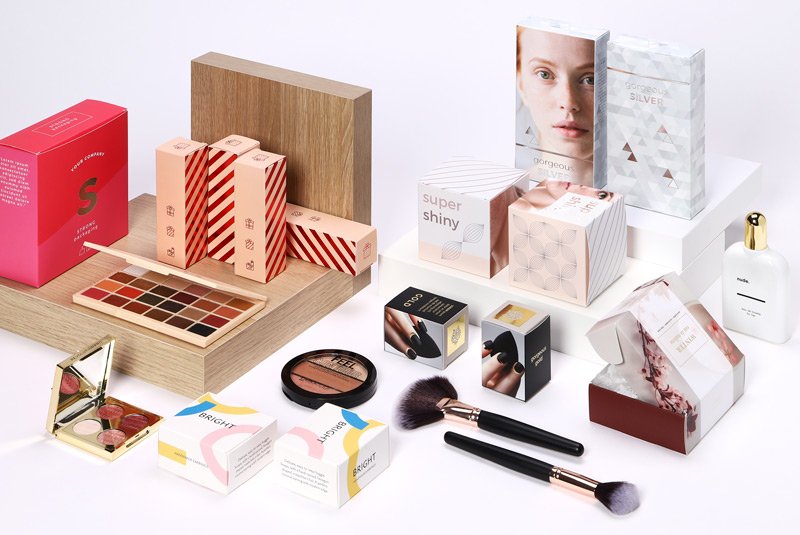
Type Packaging Material Used for Gift Box
There are many types of packaging materials and boxes, each designed for different uses and industries. Understanding your options can help you choose the best packaging for your needs.
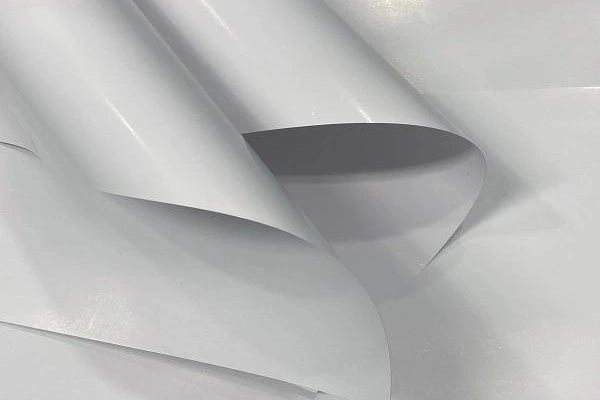
C1S C2S Art Paper
C1S (Coated One Side) has a glossy finish on one side, perfect for vibrant printing. C2S (Coated Two Sides) has a glossy finish on both sides, giving a sleek, professional look for detailed designs.
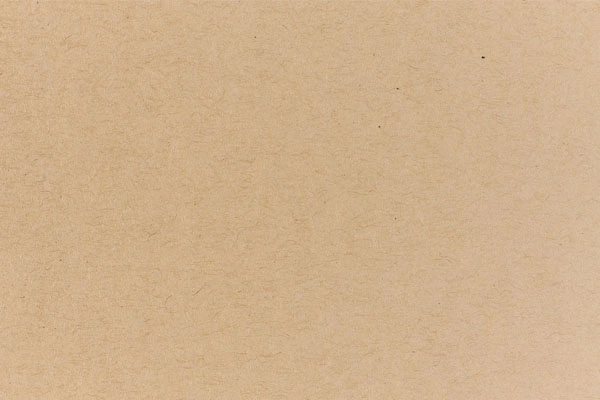
Kraft Cardboard
It has a natural, rustic look that’s perfect for packaging products while being kind to the environment. It’s also great for custom printing and offers reliable protection for your items.
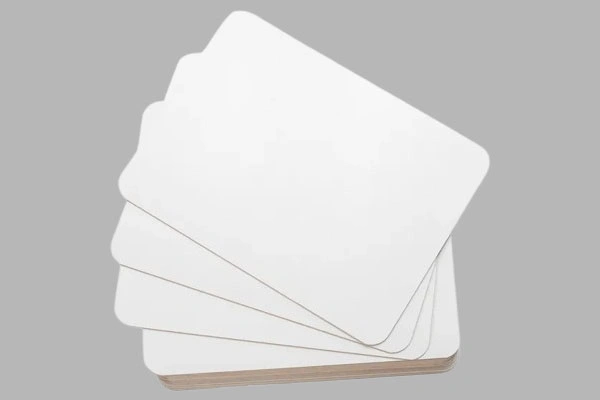
White Board Paper
Perfect for bright, clean prints. Its crisp white surface makes colors pop, making it ideal for packaging that needs a professional and polished look. It’s also durable enough to protect your products during shipping.
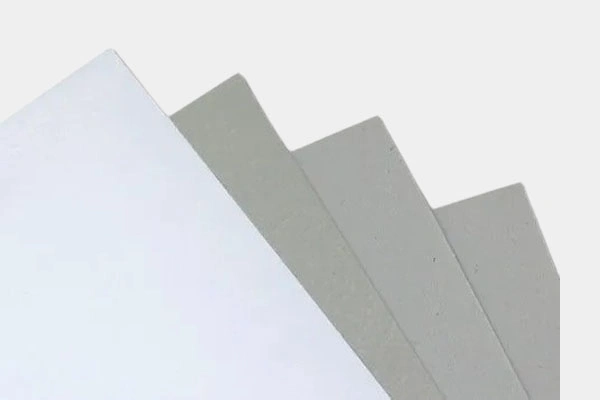
White & Grey Board Paper
White board paper has a smooth, clean surface, great for high-quality prints. Grey board paper is more eco-friendly, with a natural, raw finish. Both are strong options for packaging and are perfect for creating durable, protective boxes.
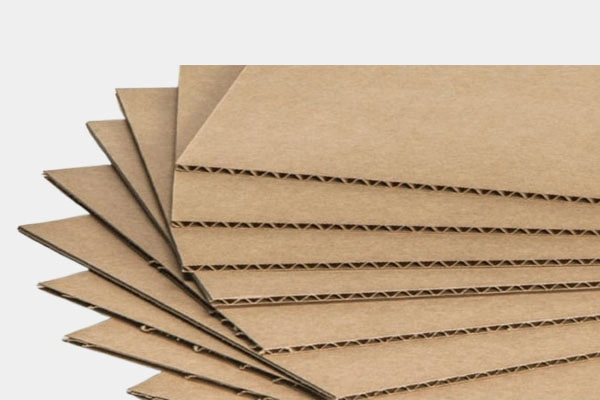
Corrugated Paper
Made of a fluted layer between two flat sheets. It’s great for packaging because it provides extra cushioning and protection for fragile items. It’s also eco-friendly and easy to customize with your brand’s design.
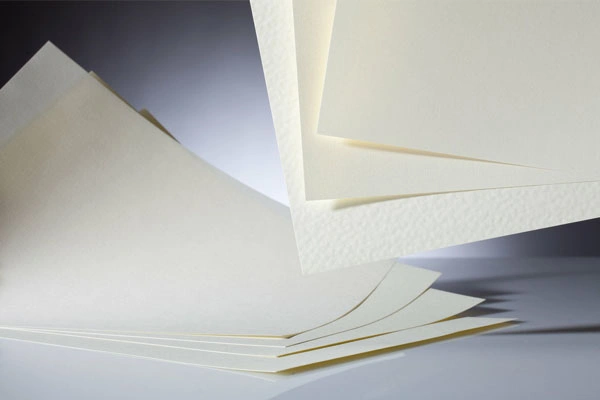
Ivory Board
It’s perfect for premium packaging, offering a bright, refined look. Its durability makes it great for products that need extra protection while looking sleek and professional.
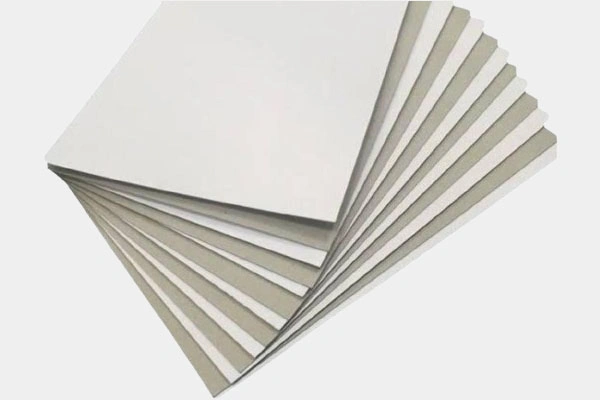
Duplex Board
Two-ply paperboard with a white finish on one side and a gray or brown underside. It’s durable, cost-effective, and commonly used for packaging. The white side is perfect for high-quality prints, while the gray side provides strength and protection.
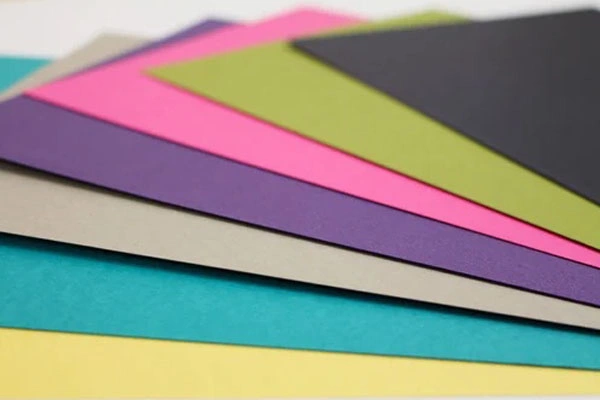
Specialty Paper
Offer special textures, finishes, and qualities. It’s often used for premium packaging, invitations, and high-end products. With a wide range of options like embossed, textured, or colored finishes, it adds a distinctive touch to your packaging.
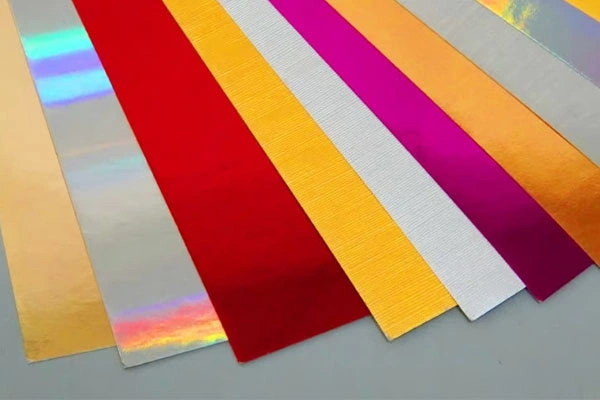
Metallic Paper
It’s perfect for creating eye-catching designs with a high-end, glossy finish. Whether for special occasions or premium products, metallic paper makes your packaging stand out with a unique, sparkling look.
Choose the Suitable Box Material Types
Checking out these common cardboard materials and their features can help protect your products better and boost your sales.
* You can send AI, CDR, EPS or PDF files. All files are secure and confidential.
Corrugated Fiberboard Material Examples
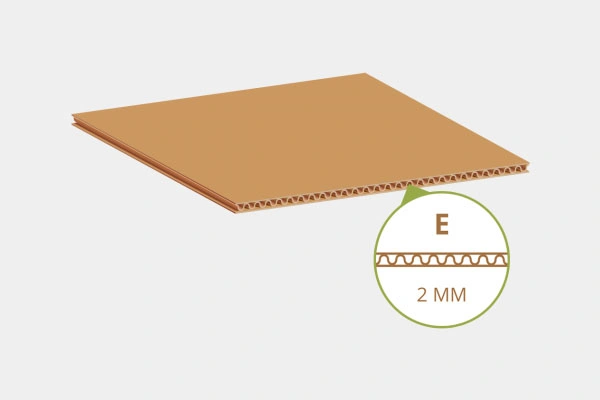
E Flute Carton Board
E Flute carton board (2mm) is strong, lightweight, and perfect for durable, custom packaging with a smooth surface for printing.
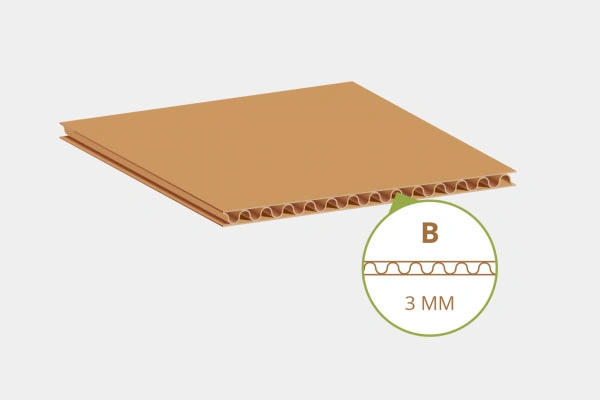
B Flute Carton Board
B Flute carton board (3mm) is thicker and rigid, offer excellent protection for heavier items while being lightweight enough for easy handling.
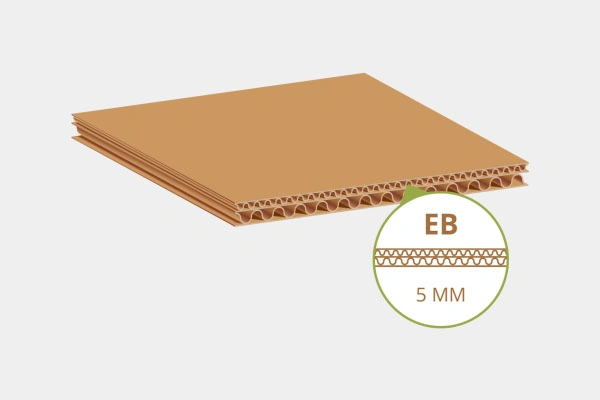
EB Flute Carton Board
EB Flute carton board (5mm) is strong and thick, providing top-notch protection for heavy and fragile items during shipping. It’s durable yet lightweight for easy handling.
Packaging Material Matters
Why is Packaging Material Important
You might be an expert on your products and brand, but packaging plays a key role too. It’s what protects your items and showcases them to customers. Packaging is also the first thing people see, making it a crucial part of your company’s first impression.
Protection
Packaging keeps your products safe during shipping and handling, preventing damage and ensuring they reach customers in perfect condition.
Budget
Choosing the right packaging material helps save money. It keeps costs low while still offering enough protection and quality for your products.
Branding
Packaging is a great way to showcase your brand. With the right design and materials, it makes your product stand out and gives customers a lasting impression of your brand.
How to choose the best packaging material
Now that you understand how packaging materials protect your products, save costs, and promote your brand, it’s important to consider a few factors when choosing the right materials.
Protection Level
Pick materials that provide the right amount of protection for your product. Fragile items need more cushioning, while sturdy products may need less.
Buying Budget
Choose packaging that fits within your budget. You don’t have to spend a lot to get good quality — there are cheap options that do the job well.
Brand Image
Your packaging should reflect your brand’s style. If you want to look professional, go for clean, high-quality materials that match your brand’s tone.
Shipping Method
Think about how your products will be shipped. If fast shipping, choose lightweight yet strong material, while heavier items may need sturdier packaging.
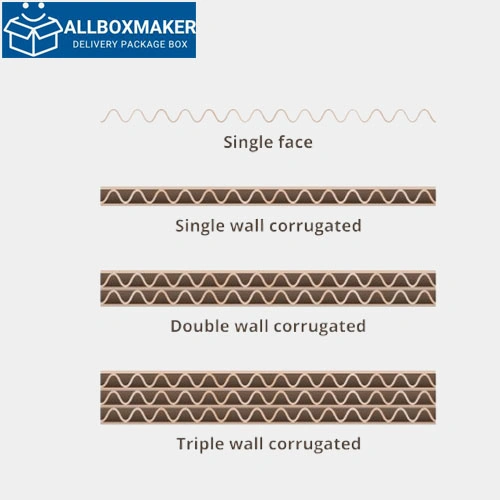
China Custom Packaging Provider
Switch to sustainable package with XiangGe
Whether it’s outer packaging or inner materials, they all serve to protect your products, from individual items to bulk goods. However, some packaging materials can harm the environment.
At XiangGe Package, we offer sustainable and functional packaging options for various products and industries. From FSC-certified cardboard to renewable materials, you can find the perfect solution to help achieve your sustainability goals.
Reach out to our packaging experts today to learn more and get started. Or send us an email at: info@allboxmaker.com
Package Box Materials FAQs
When choosing packaging materials, consider the level of protection your product needs, your budget, how your brand should be presented, and the shipping method. You also want to think about the material's environmental impact.
Yes! There are plenty of eco-friendly options, like FSC-certified cardboard, biodegradable materials, and recyclable plastics. These alternatives help reduce environmental impact while still offering strong protection for your products.
Yes, it’s important to comply with international regulations, like the ISPM 15 standard, if you're shipping wood packaging internationally. These rules help prevent the spread of pests and protect the environment.

